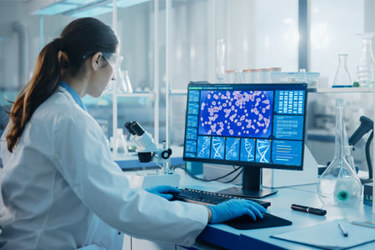Solving For The Future Of Drug Delivery

The future of medicine is being reshaped not only by what we deliver—such as gene therapies, mRNA platforms, and cell-based treatments—but how we deliver it. Traditional drug administration methods, like oral tablets or IV infusions, often fall short for today’s complex therapies. The challenge lies in developing delivery systems that are precise, tissue-specific, and capable of protecting fragile biologics while maintaining therapeutic efficacy.
Innovations in drug delivery are addressing this gap. Techniques like direct-to-organ delivery, CNS targeting via intrathecal routes, inhalable mRNA, microneedle patches, and ocular implants are already advancing into clinics. These methods enable localized, sustained, and patient-friendly delivery while minimizing systemic exposure and immune response.
However, advanced therapies bring new technical challenges: payload protection, bioavailability, precision dosing, immune mitigation, and sustained release are all critical requirements. In response, medical devices and delivery platforms are evolving rapidly. High-viscosity autoinjectors, smart connected devices, and microneedle systems are expanding delivery capabilities. Simultaneously, novel carrier systems—like lipid and polymer nanoparticles—are enhancing targeting and stability.
Battelle exemplifies the cross-disciplinary innovation required in this field. Their recent work with non-viral polymer nanoparticles to deliver the full-length NF1 gene to neurons demonstrates the potential of customized delivery solutions for complex genetic payloads.
Ultimately, delivery systems are no longer just enablers—they are essential to therapeutic success. As advanced biologics push the boundaries of what’s possible, matching them with equally advanced delivery methods will be crucial for transforming scientific breakthroughs into real-world treatments.
Get unlimited access to:
Enter your credentials below to log in. Not yet a member of Drug Delivery Leader? Subscribe today.
